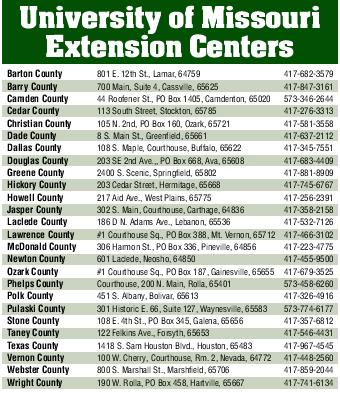The 2017 corn and soybean harvest is quickly approaching, so we wanted to give some tax tips for contracting grain. A common tax strategy is to use deferred pay contracts.
A deferred pay contract is a contract in which you deliver grain to the elevator under a contract that calls for payment in the future. Using these deferred pay contracts gives the farmer flexibility when it comes time to do their taxes.
A deferred pay contract is an installment sale for tax purposes. Under installment sale rules, the income is reported when the cash is received. However, a farmer can elect out of installment sale rules and can record the income when the contract was made.
This allows for great flexibility and after the fact tax planning strategies. The choice to use the installment method or to elect out of the installment method can be made on a contract by contract basis.
So we suggest that farmers use multiple, smaller increment deferred pay contracts to allow for greater flexibility.
For example, a farmer sells 10,000 bushels of corn at $3 each for a total of $30,000 in 2017. Without a deferred pay contract the $30,000 of income would be reported in 2017 even if the money was received in 2018, under the constructive receipt rules. This means that you had a right to the money in 2017, you just chose not to get the money until 2018. This would be income that is required to be reported on the 2017 tax return.
However, assume that the farmer sold the same $30,000 of corn in 2017, but on a deferred pay contract that stated the money could not be paid until 2018. In this situation, the farmer has the choice to either pick up the $30,000 of income on the 2017 or 2018 tax return, giving the farmer greater flexibility to control the income.
If the farmer had the same $30,000 of corn a common strategy would be to break the contract up into smaller increments for even greater options. The farmer could set up two deferred pay contracts, one for $20,000 and one for $10,000. This gives the farmer the option to report either $0, $10,000, $20,000 or $30,000 of this income in 2017. This allows you to be able to more closely control your income between the years.
The decision to claim the income in 2017 or 2018 doesn’t have to be made until the tax return is filed, giving you plenty of time to strategize and determine what is best for your situation. A key thing to remember, if you receive the cash in 2018 but decide to pick up the income in 2017, make sure to adjust your accounting records so that the income doesn’t get reported in both years.
Amanda Schneider is a licensed Missouri CPA and an active farmer. She works closely with clients across the Midwest in the areas of individual and corporate tax, as well as auditing and accounting, with an emphasis on the agricultural industry. Amanda lives with her son and her husband in Corder, Mo., and is a manager in the Marshall office of Wilson Toellner, CPA.




